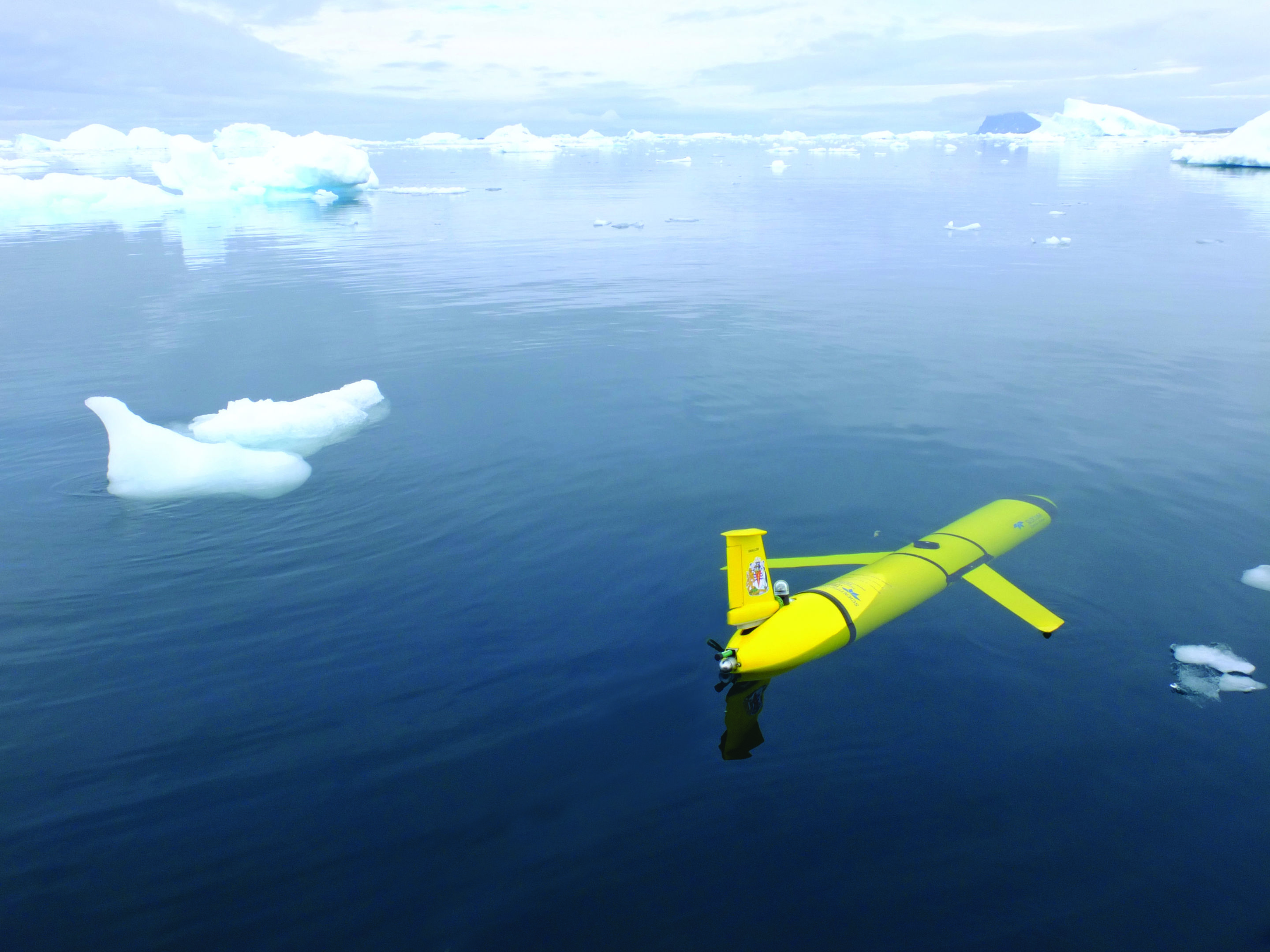
A yellow submarine dubbed Boaty McBoatface has obtained “unprecedented data” from its first voyage exploring one of the deepest and coldest ocean regions on Earth, say scientists.
The robotic submersible was given the name originally chosen last year for a new polar research ship by irreverent contestants in a public competition.
Embarrassed officials decided to ignore the popular vote and instead named the vessel the RRS Sir David Attenborough in honour of the veteran broadcaster.
A storm of protest on Twitter led to a compromise that allowed the Boaty McBoatface name to live on.
Boaty dived to depths of up to 4,000 metres to obtain information about temperature, water flow speed and turbulence from Orkney Passage, a region of the Southern Ocean some 500 miles from the Antarctic Peninsula.
The data will help scientists to understand the complex way mixing ocean waters affect climate change.
Professor Alberto Naveira Garabato, from the University of Southampton, said: “The Orkney Passage is a key chokepoint to the flow of abyssal waters in which we expect the mechanism linking changing winds to abyssal water warming to operate.
“Our goal is to learn enough about these convoluted processes to represent them in the models that scientists use to predict how our climate will evolve over the 21st century and beyond.
“We have been able to collect massive amounts of data that we have never been able to capture before due to the way Boaty is able to move underwater.
“Up until now we have only been able to take measurements from a fixed point, but now, we are able to obtain a much more detailed picture of what is happening in this very important underwater landscape.”
The submersible was launched from the RRS James Clark Ross as part of the seven week DynOPO (Dynamics of the Orkney Passage Outflow) expedition.
Universities and Science Minister Jo Johnson said: “Fresh from its maiden voyage, Boaty is already delivering new insight into some of the coldest ocean waters on earth, giving scientists a greater understanding of changes in the Antarctic region and shaping a global effort to tackle climate change.”

Enjoy the convenience of having The Sunday Post delivered as a digital ePaper straight to your smartphone, tablet or computer.
Subscribe for only £5.49 a month and enjoy all the benefits of the printed paper as a digital replica.
Subscribe